Entry Category: Transportation - Starting with G
 G. A. Thomson Steamboat Article
G. A. Thomson Steamboat Article
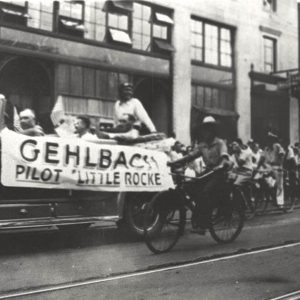 Gehlbach Parade
Gehlbach Parade
General Bem [Steamboat]
 Gentry Depot
Gentry Depot
 Gilbert Train Depot
Gilbert Train Depot
 Grading Work
Grading Work
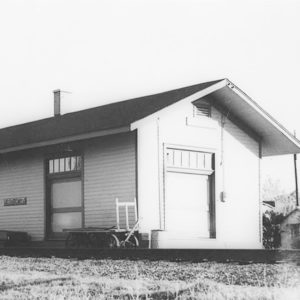 Grady Depot
Grady Depot
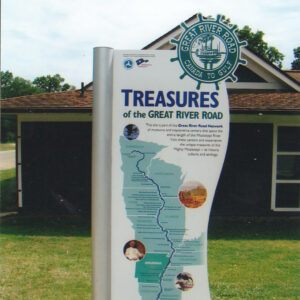 Great River Road Sign
Great River Road Sign
Great River Road-Arkansas National Scenic Byway
 Marlon Green
Marlon Green
Green, Marlon DeWitt
 Greenwood Depot
Greenwood Depot
 Greers Ferry Reservoir Dedication Invitation
Greers Ferry Reservoir Dedication Invitation
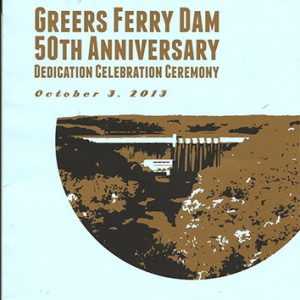 Greers Ferry Dam 50th Anniversary Brochure
Greers Ferry Dam 50th Anniversary Brochure
 Bill Clinton at Greers Ferry
Bill Clinton at Greers Ferry
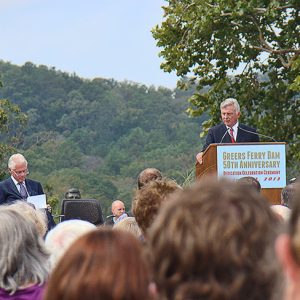 Mike Beebe at Greers Ferry
Mike Beebe at Greers Ferry
Greers Ferry Dam and Lake
Gulnare and Westwood, Collision of
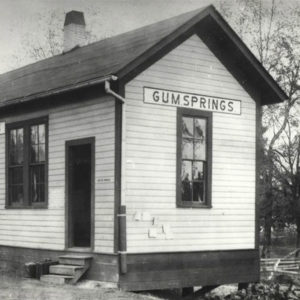 Gum Springs Depot
Gum Springs Depot
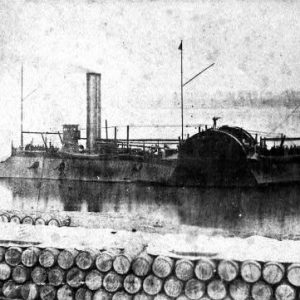 Gunboat Eastport
Gunboat Eastport




